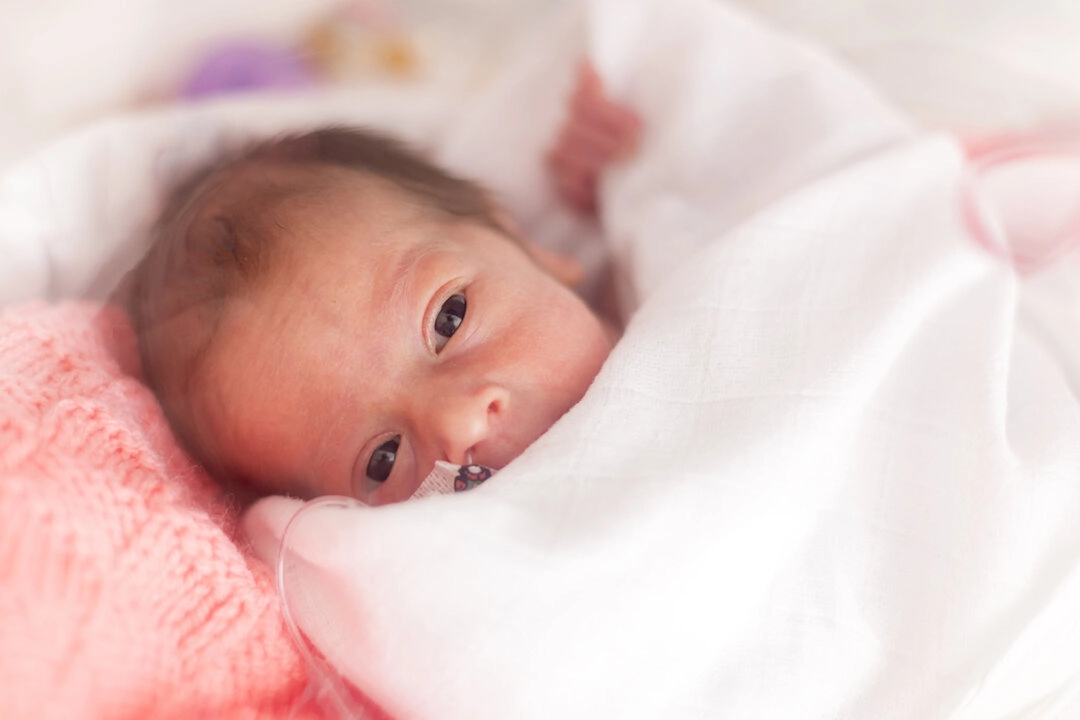Study Dismantles Link Between Preterm Birth and Autism.
A new cohort analysis of nearly 115,000 births debunks the theory that preterm birth alone leads to autism spectrum disorder.

Contrary to previous research and popular belief, premature birth alone does not lead to autism.A new study out of Israel shows there is no significant link between premature birth and autism spectrum disorder (ASD), reaffirming that the exact cause of autism is much more complex.The study, published in the American Journal of Obstetrics & Gynecology, initially found a strong link between preterm birth and autism. However, after considering other factors, including ethnicity, maternal age, and the size and sex of the infant, the significant association vanished.

The findings were presented during The Pregnancy Meeting, an annual meeting of the Society for Maternal-Fetal Medicine on Feb. 14.Researchers looked at records from hospitals and community clinics for almost 115,000 deliveries in Israel between 2005 and 2017. The data included mothers and infants who were Jewish, Muslim, and Bedouin, a Muslim minority group. Just over 93 percent of the births were delivered at term, defined as 37 weeks or more. Only 1.2 percent were preterm, while 6 percent were late- or moderately late-term.Rather than preterm birth being linked to autism, the research team believes that multiple factors likely account for a child developing the developmental condition.
“The exact cause of autism is complex,” Dr. Sapir Ellouk, lead author of the study, said in a press release. “But based on our data, a single obstetric factor is unlikely to be the cause of ASD. A more plausible theory involves the simultaneous presence of multiple factors.”

Research into the cause of autism, particularly research aimed at investigating the possible link between preterm birth and autism, has been controversial.Some previous studies have suggested that preterm birth can increase the risk of a child developing autism substantially and that the risk is correlated with the gestation period. One study found that eight in 657 (1.22 percent) preterm babies born before 28 weeks developed autism, while 80 of 13,108 preterm babies (0.61 percent) born between 33 and 38 weeks did.However, even previous research noted that differences in sex and other environmental factors could potentially play a role in a child’s potential for developing the disorder.
Autism Rates on the Rise in the US, Early Signs
In 2020, in the United States, one in 36 children had autism, according to the U.S. Centers for Disease Control and Prevention (CDC). Boys are more likely to be diagnosed with the developmental disorder at a rate of four in 100 versus one in 100 for girls. Autism is also more prevalent in black, Hispanic, Asian, or Pacific Islander children than white, the CDC reports. These rates are higher than those reported in 2000–2018.The definition of ASD is vague because researchers still don’t have a firm grasp on how the disorder develops. Additionally, the disorder presents in myriad ways from person to person. Individuals with ASD might behave, communicate, learn, or interact in ways that are different from others, but often, there is nothing else that sets them apart. In fact, the skill sets of those on the autistic spectrum vary wildly; some people may have advanced language and conversation skills, while others may be nonverbal.According to the CDC, ASD typically begins to show around age 3 and often lasts throughout an individual’s life, though symptoms can improve. Some early signs include the child missing certain developmental milestones, such as:
- Not responding to their name at 9 months old
- Lack of facial expressions of emotions at 9 months old
- Not playing simple interactive games at 12 months old
- Using few or no simple gestures at 12 months old
- Lack of common interests with peers at 15 months old
- Not showing empathy when others are hurt at 24 months old
- Not playing with other children at 3 years old
- Not engaging in pretend play at 4 years old
- Not singing, dancing, or acting at 5 years old.

Other related characteristics include delayed language, movement, and cognitive or learning skills; hyperactivity, impulsiveness, or inattention; epilepsy or sleeping disorders; unusual eating habits; gastrointestinal disorders; unusual mood or emotional reactions; anxiety; and lack of fear or more fear than expected.



